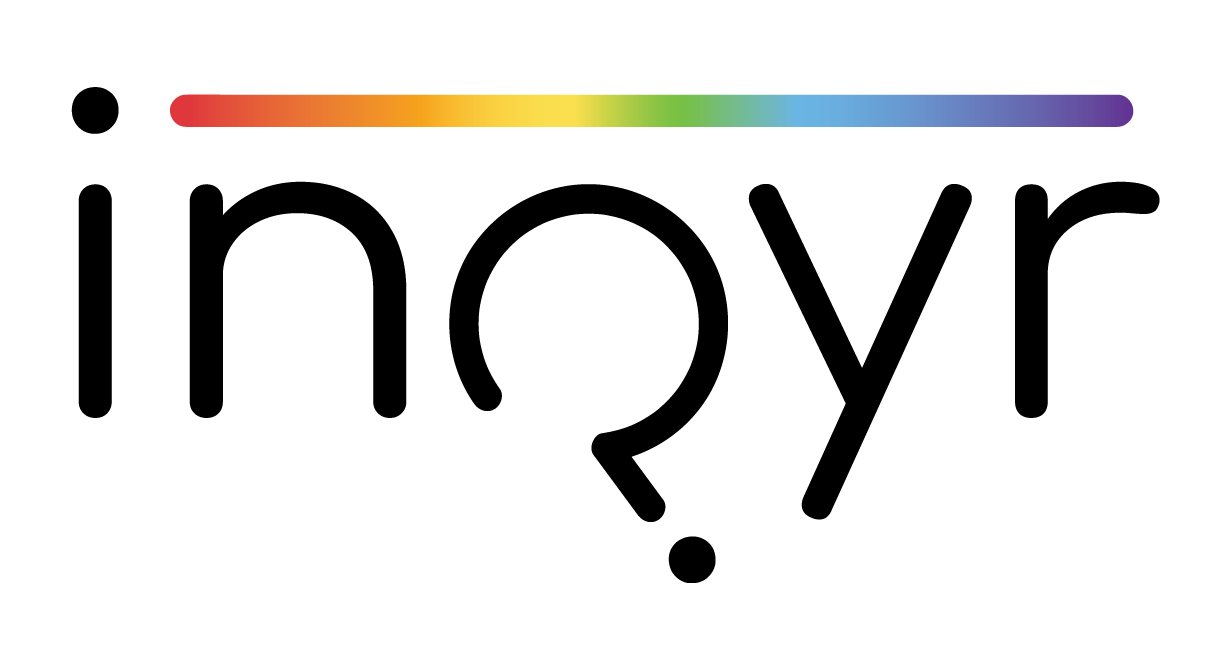Online fandom, coming out, and self-identification of sexual/gender minority youth
McInroy, L. B., & Craig, S. L. (2018). Online fandom, coming out, and self-identification of sexual/gender minority youth. Journal of LGBT Youth, 3, 179–196. https://doi.org/10.1080/19361653.2018.1459220
Highlights
Background
For many sexual and/or gender minority youth (SGMY) (e.g., lesbian, gay, bisexual, transgender), information and communication technologies (ICTs) facilitate sexual and gender minority (SGM) identity development.
However, many online communities and contexts that are important for SGMY remain under-investigated, including online fandom participation.
Study Description
This study explored the relationship between SGMY’s participation in online fandom communities and (1) socially-mediated identity milestones and (2) self-identification, comparing fandom participating SGMY versus non-fandom participating SGMY
We used mixed methods analyses of an online survey sample (n = 4,942) of diverse SGMY between the ages of 14–29, from the United States and Canada
Key Findings
Fandom participating youth were younger than their non-fandom participating peers, were more active online daily, and hit established identity milestones earlier and more rapidly
Fandom participating youth also identified with more complexity, using a broader variety of more non-traditional sexual identity and gender identity labels
Non-fandom participants had significantly more online and offline friends than fandom participants. Both had more online friends than offline friends
Implications for Practice
74% of participants in the full sample participated in online fandom, which emphasizes that practitioners (e.g., social workers, psychologists) working with SGMY must be aware of the popularity of this online context, and its relationship to SGMY well-being.

